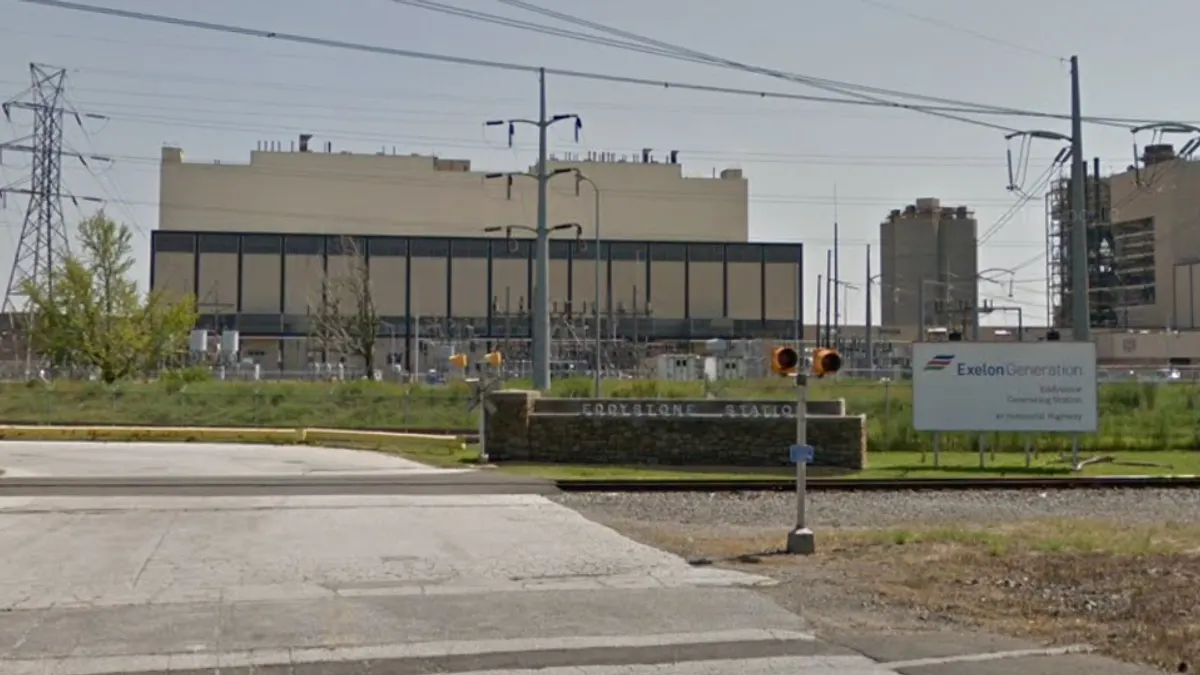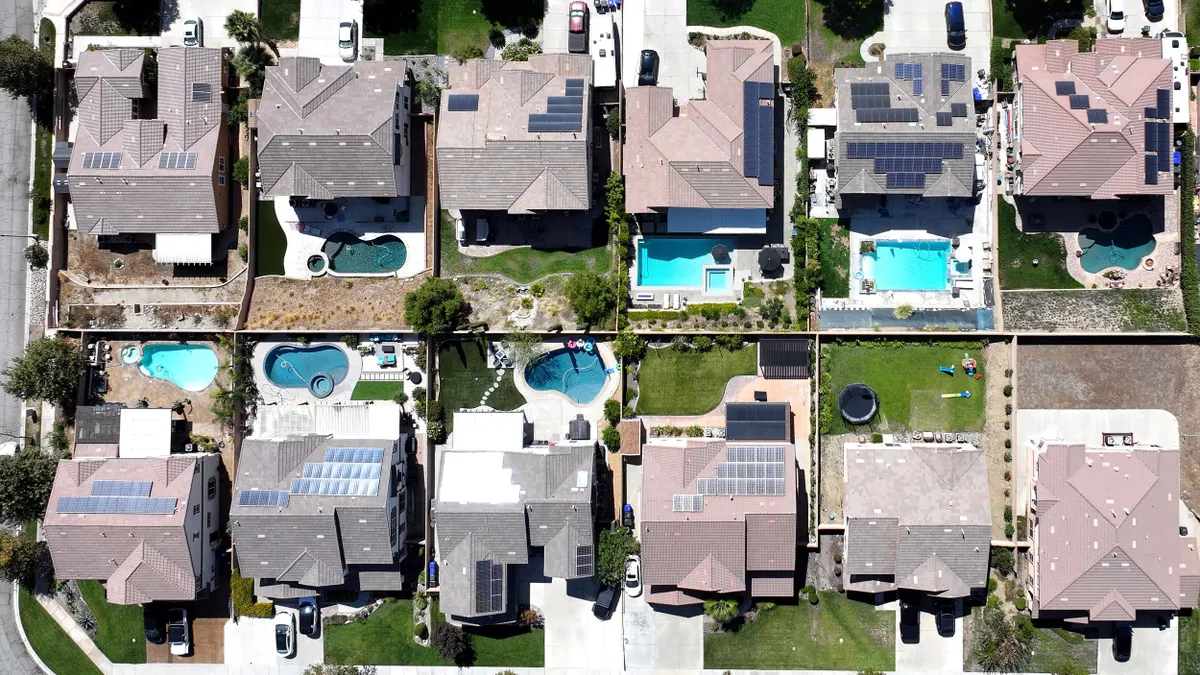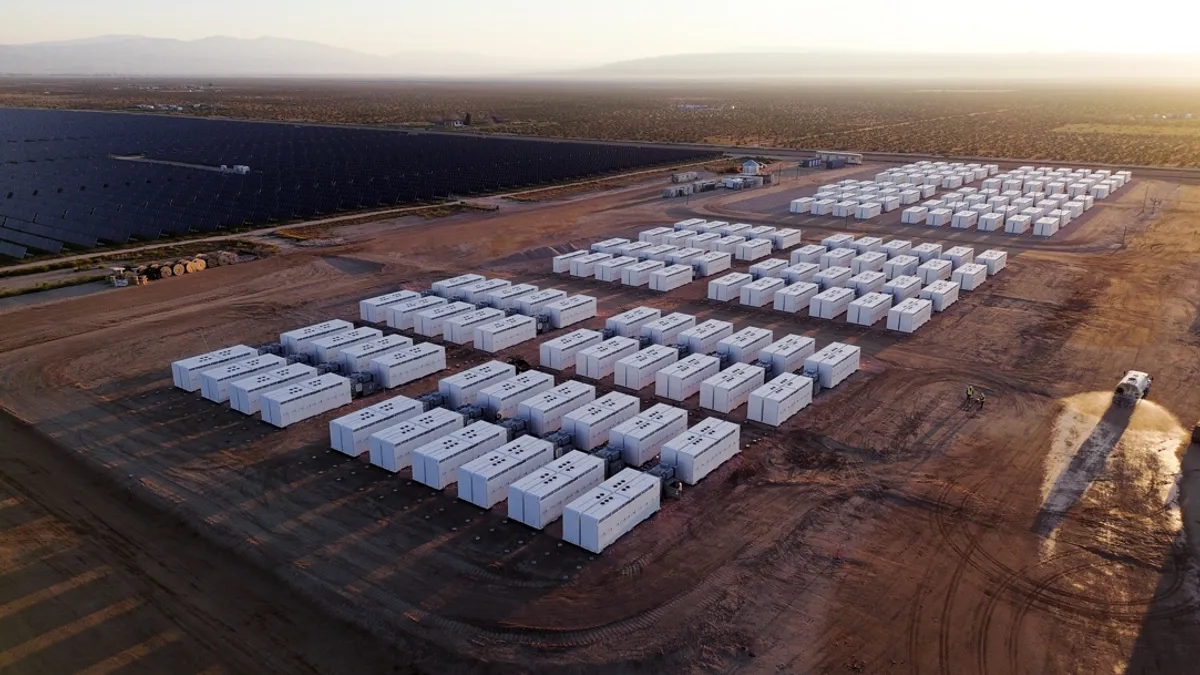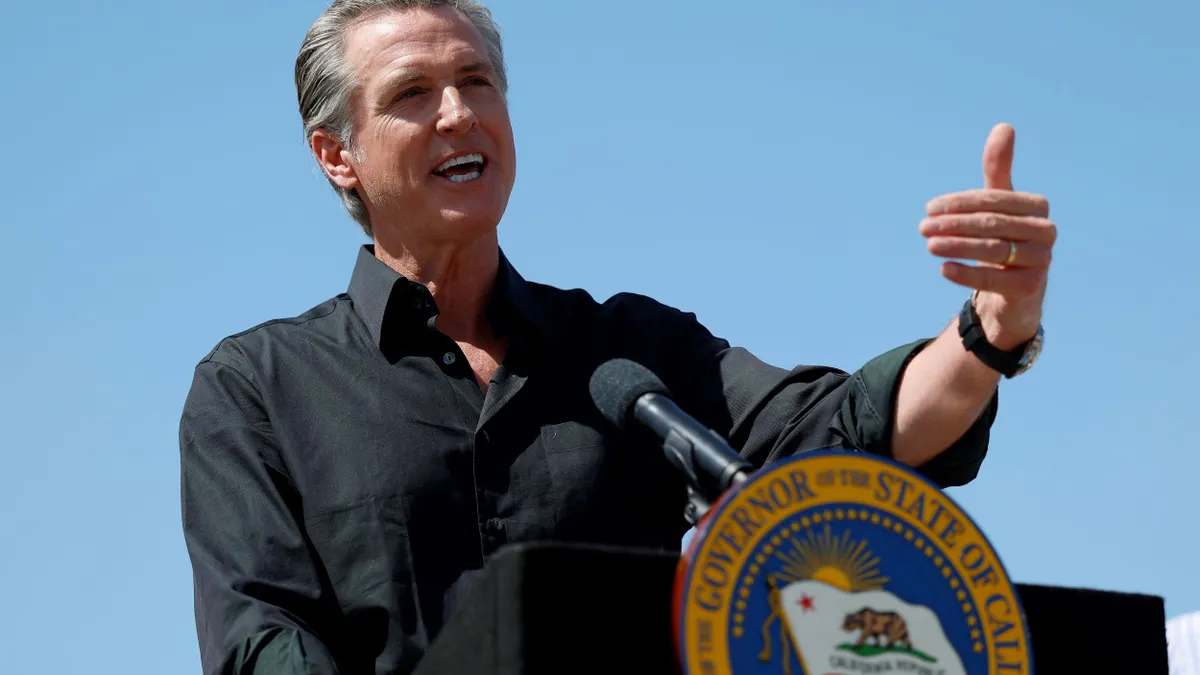The Obama administration filed an appeal to the Supreme Court last week, asking it to uphold FERC Order 745 and affirm the agency's authority regulate demand response (DR) in wholesale markets. But while the energy community had been waiting for the White House's move, few believe the DR industry is closing in on certainty. It could be eight months or longer before the U.S. Supreme Court decides whether or not to hear the case — never mind a decision — and in the meantime, some say the demand response industry is already looking ahead.
"The market has kind of moved on," said Mei Shibata, CEO of The Energy Agency and a founding partner at Akasaka Enterprises. "Everyone who plays in this market is already making Plan B for their sake and their customers. When you have this type of uncertainty … it's utter confusion. So the question of what will happen, in some ways becomes irrelevant because people are making different bets already."
PJM Interconnection filed a stop-gap plan last week with federal regulators in an attempt to cope with the uncertainty. The proposal would allow demand response to participate in the May 2015 Base Residual Auction in the capacity markets in the event the Supreme Court declines to hear an appeal of Electric Power Supply Ass’n v. FERC, the case in which the D.C. Circuit Court vacated Order 745. And the commission recently authorized ISO New England to fully integrate demand response into the operator's wholesale reserve markets, though the ISO said it will discuss with stakeholders how to proceed in lights the ongoing court cases.
But despite uncertainty rippling across different types of markets, observers say demand response will continue to grow at a moderate pace. While demand response had been on pace to be a $2.9 billion industry by 2023 before Order 745 was invalidated, it will now only reach $2.3 billion according to a report from Greentech Media.
"You want to do the things you know you can do in the long term," said Geoff Wyatt, COO of The Energy Agency and also a founding partner at Akaska. Utilities are already building demand response programs directly with providers, so "we know they can switch gears. It's not like this is a brand new thing."
FERC's chances on appeal
"We don't expect the appeal will be successful," Wyatt said. "We think the end result will be that 745 is nullified." PJM's stop-gap proposal, he said, is "acknowledging that 745 is probably done." PJM's proposal calls for adjusting the amounts of capacity it procures to conform to qualifying commitments by wholesale entities.
Wyatt said FERC's argument, that demand response is a wholesale product, ignores its impact on retail markets. "I don't buy that argument because you're impacting the retail side when you do demand response," he said.
But according to former FERC Chairman Jon Wellinghoff, a firm believer in the commission's jurisdiction, there are many arguments on which the Supreme Court could side with regulators.
"The appeal has extreme merit, as clearly demand response is a wholesale and not a retail product. … it's not being sold to anyone at the retail level," said Wellinghoff, who now co-chairs the energy team at law firm Stoel Rives LLP. "It's something that provides substantial benefit to consumers in those wholesale markets."
The commission argued in its appeal that where there is uncertainty, FERC should be given deference over its interpretation of the law. The 1984 case Chevron vs. NRDC gives federal agencies the power to interpret laws "‘if the statute is silent or ambiguous with respect to the specific issue," the Administration said in its appeal.
"Usually when there is a statute that applies to an agency, that agency is given deference to interpret that statute," Wellinghoff said. "That's one significant argument, but there are many substantial arguments to overturn this decision."
Fundamentally, the question is one of retail or wholesale. "When someone engages in demand response, states don't change their retail rate but wholesale rates are impacted directly," Wellinghoff said. "That's probably one of the strongest arguments."
Market uncertainty
Order 745 covered demand response in energy markets, but the fallout from the D.C. Circuit decision has extended well beyond, especially after FirstEnergy filed a court challenge to PJM's use of demand response in capacity markets.
FERC's decision last week, allowing ISO New England to integrate demand response into its operating reserves and the forward reserve market, builds on the larger idea of integrating demand response into energy markets. In its decision, the commission acknowledged the uncertainty but said "we find it appropriate at this time to proceed with these market enhancements until further action is taken."
However, ISO New England spokesperson Marcia Blomberg said in an email that the operator "will discuss with stakeholders early this year whether to proceed with the intensive work required to integrate DR into energy and reserves markets by June 1, 2017, or to wait for legal certainty."
"FERC has to move forward as if demand response is going to continue," said Wellinghoff. "You have to operate in that mode." But he also said, to the ISO's caution, "it's not clear if the Supreme Court does not grant cert whether or not the decision would be applied beyond the energy markets."
Shibata said whichever way the courts ultimately decide, what markets really want is certainty.
"If FERC 745 were nullified and there were no question, then players could actually make 100% of the bet to migrate everything over. And given how long it takes a program to be created and customers enrolled, we'd probably see a new demand response world in two to three years," Shibata said. "But given the uncertainty continuing, you have one foot in the old camp and another in the new camp, and that's just going to slow development."
Wyatt echoed that sentiment. "An endless appeals process is a net negative for the industry," he said.






















